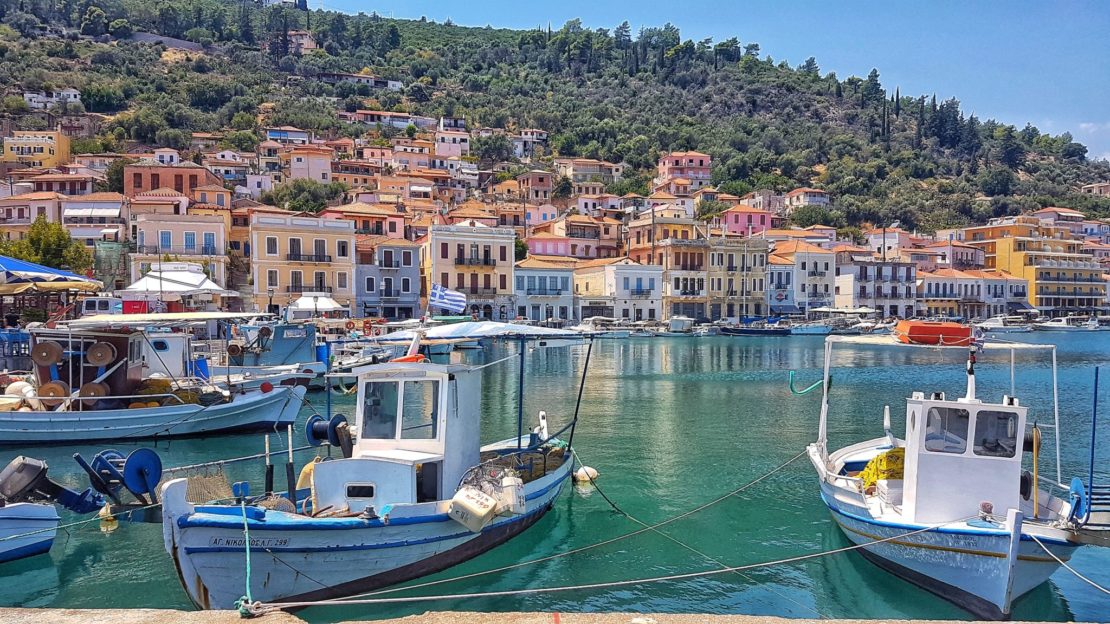Uncover Mani’s Secrets
Discover all the things you can do in the Mani Peninsula
Brazzo di Maina, located just ten minutes away from the village of Oitylo and four minutes away from New Itilo Beach, is a place where you can unwind and discover the unique beauty of Mani. Within a short distance from the hotel, you can find all of Mani’s must-see attractions. From clear blue beaches to medieval castles and archeological sites, and from small traditional villages to natural caves, you can enjoy everything that Mani has to offer.
Wander around the fields of olive trees and learn more about the production of olive oil, or organize a wine tasting visit to a local winery. Nearby there are a lot of beautiful villages like Kardamuyli, Gerolimenas, Limeni or Mavrovouni and if you feel like it is time for a city break, you can always visit Kalamata or Gythio.
Beaches
- Neo Oitylo (600 m)
- Karavostassi (500 m)
- Limeni (3 km)
- Skoutari (19 km)
- Agia Varvara (20 km)
- Κotronas (23 km)
- Skopa (23 km)
- Mavrovouni (24 km)
- Mezapos (26 km)
- Alipa (29 km)
- Gerolimenas (31 km)
- Kalogria (32 km)
- Μarmari (45 km)
Sights
- Caves of Diros
- Cape Tenaro
- Tower House of Mavromichalis
- Tigani
- Kardamyli
- Church of Taxiarches
- Kalogria
- Castle Town of Mystras
- Vathia
- Areopoli

